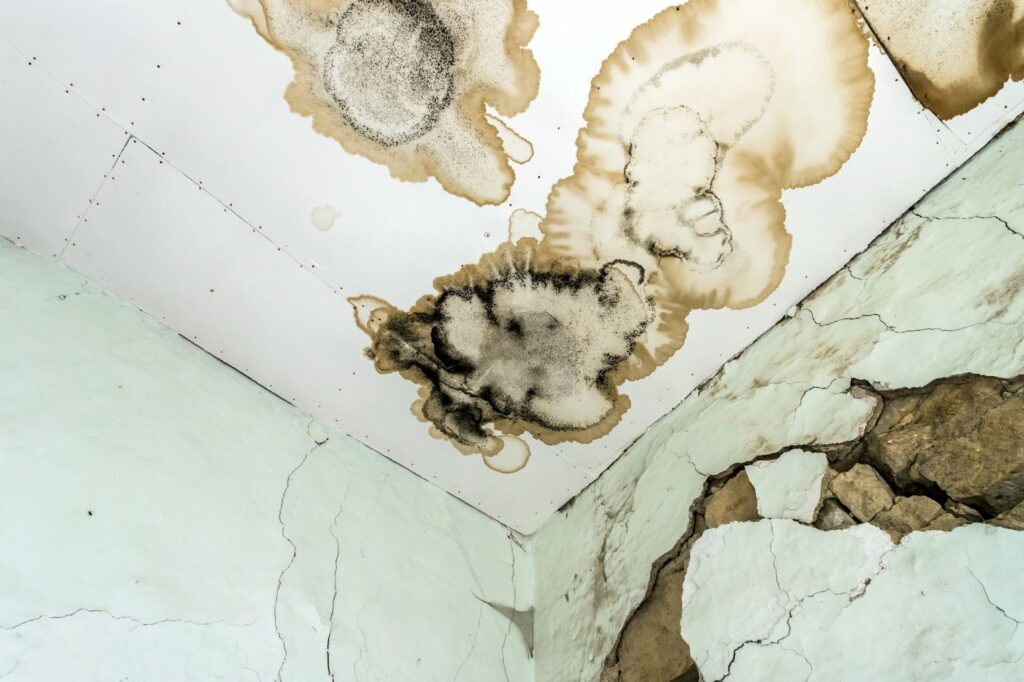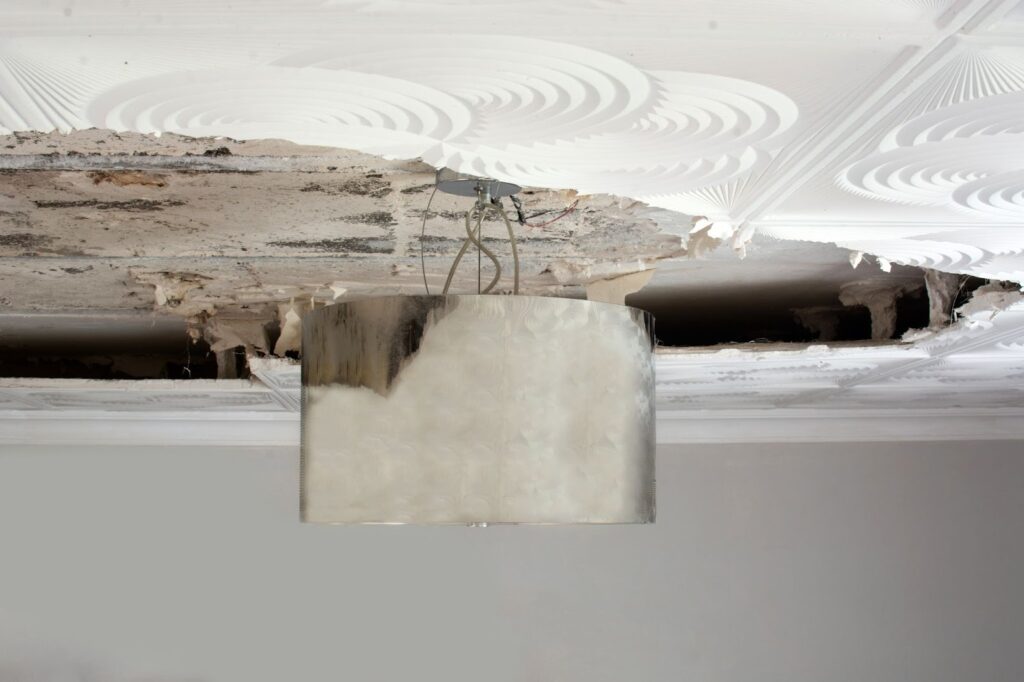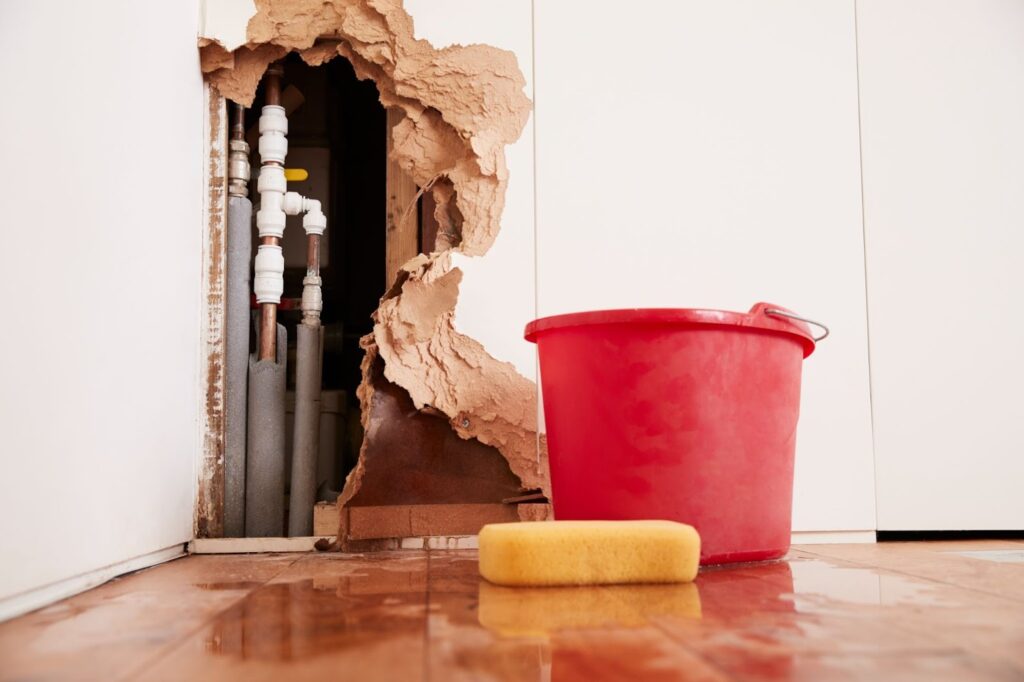
How Water Damage Mitigation Prevents Mold, Rot, and Structural Damage
When water intrudes into a home or business, the most expensive problems rarely appear on day one. They emerge days or weeks later as hidden moisture feeds mold, weakens structural members, and warps finishes. Effective water damage restoration interrupts that chain reaction by stopping the source, extracting liquid water, controlling humidity, and driving moisture out of materials safely. Done correctly, it protects health, preserves more building components, and shortens the road to a clean, fully functional space.
Why Water Damage Mitigation Matters Within the First 24 Hours
The first day sets the trajectory for everything that follows. Standing water wicks into drywall, trim, subfloors, and framing, moving from visible puddles into pores and joints where it becomes harder to remove. Rapid water damage mitigation limits that migration and reduces the overall drying load, which is the amount of moisture that must be evaporated and dehumidified. Swift action also minimizes the chance that clean intrusions escalate into contamination problems, maintains better indoor air quality, and prevents minor repairs from ballooning into demolition. By stabilizing conditions early, you protect both the structure and your claim outcome, because thorough documentation begins at the same time as the physical work.
The Mold Equation in Water Damage Mitigation
Unchecked moisture plus time equals microbial growth, and the timeline is shorter than most people expect. Water damage mitigation keeps humidity and material moisture below thresholds that allow spores to colonize, denying mold the environment it needs to expand.
Spore Activation Basics
Most interior spaces contain dormant spores that remain harmless until they find moisture and a food source. Drying quickly removes the trigger, so spores cannot germinate and spread.
Moisture, Heat, and Time
Warm temperatures accelerate growth when wet materials remain above safe moisture content. Controlling humidity and surface dampness breaks this cycle before colonies take hold.
How Water Damage Mitigation Prevents Rot and Decay
Wood is strong for its weight because of the bonds within its cellulose and lignin. Persistent moisture disrupts those bonds and invites decay organisms that digest structural fibers, first softening and then weakening members. By extracting water and drying assemblies to target moisture levels, mitigation denies fungi the prolonged dampness needed to thrive. This preserves shear strength at connections, keeps fasteners seated, and prevents sagging, racking, and door or window misalignment. The result is less structural repair, fewer invasive replacements, and a safer building envelope that continues to perform as designed.
Structural Drying in Water Damage Mitigation
Drying is both a science and a sequence. The goal is to create a controlled environment where moisture moves from wet materials into air that can actually hold it, and then remove that vapor continuously until targets are reached.
Airflow Placement
Air movers sweep damp boundary layers off surfaces so water can evaporate efficiently. Positioning follows the wettest paths and avoids blasting air into clean rooms that do not need it.
Dehumidification and Heat
Dehumidifiers capture vapor so humidity does not rebound and re-wet surfaces. Gentle heat raises evaporation rates without driving moisture deeper into dense materials.
Measurement and Monitoring
Moisture meters and daily readings confirm progress and expose hidden pockets. Adjusting equipment based on data speeds completion and prevents premature rebuilds.
Water Damage Mitigation for Different Building Materials
No two materials dry the same way, and treating them as if they do leads to delays and damage. Matching tactics to substrates keeps assemblies intact while returning them to safe, stable moisture levels.
Drywall and Insulation
Gypsum wicks quickly and loses strength when saturated, and wet insulation can trap vapor. Strategic removal allows cavities to ventilate and prevents long-term odor and sag.
Hardwood and Subfloors
Wood stores bound water that releases slowly, so controlled heat and floor mats help pull moisture to the surface. Careful pacing avoids cupping, crowning, and fastener corrosion.
Concrete and Masonry
Dense materials release moisture over time even after surfaces seem dry. Vapor checks and extended dehumidification avert flooring failures and adhesive breakdown.
Hidden Moisture and Water Damage Mitigation in Cavities
The most stubborn moisture hides behind baseboards, under toe-kicks, and inside wall and ceiling cavities. Water damage mitigation opens strategic access points to relieve trapped vapor, using vent holes, plenum drying, and directed airflow to move moisture out without dismantling entire assemblies. Thermal imaging and non-invasive meters help locate damp zones that look normal to the eye, while containment keeps particles and humidity from migrating into clean areas. Addressing concealed moisture protects indoor air quality and prevents mold and odor that would otherwise resurface after cosmetic repairs.

Indoor Air Quality During Water Damage Mitigation
Drying work changes the air as water evaporates and materials are cleaned or removed. Managing that air is critical to health and project success, because poor handling lets dust and spores travel where they should not.
Containment and Pressure
Plastic barriers and negative pressure isolate the work zone so particles do not escape. This approach keeps adjacent rooms usable and reduces cleanup at the end.
Filtration and Odor Control
HEPA filtration captures fine debris, while source removal handles smells more effectively than cover-ups. Balanced ventilation clears residual humidity and leaves spaces fresh.
Documentation and Insurance Alignment for Water Damage Mitigation
Transparent records are as protective as pumps and fans. Photos, moisture maps, and equipment logs show why certain materials were removed, how drying was achieved, and when targets were met. This evidence supports an accurate scope, helps coordinate with adjusters, and prevents disputes about cause, coverage, or completion. When contractors tie their plan to recognized practices, they create a defensible path from emergency response to rebuild, which keeps timelines predictable and approvals moving.
Contents Restoration as Part of Water Damage Mitigation
Buildings are only half the story; belongings carry both practical and sentimental value. The mitigation plan sorts items by material, exposure, and value to decide what to remove, what to clean in place, and what to restore off-site. Porous goods that contacted contaminated water often cost more to salvage than to replace, while non-porous or high-value items benefit from specialized cleaning and controlled drying. Clear criteria help owners make fast decisions that balance cost, time, and emotional significance.
What to Remove Early
High-value electronics, documents, and area rugs move first to reduce secondary damage. Early relocation preserves function and lowers the chance of corrosion or staining.
What to Restore Off-Site
Items needing delicate cleaning or longer drying do better in a contents facility. Controlled conditions deliver better results and keep the jobsite uncluttered.
Selecting a Professional for Water Damage Mitigation
Experience, training, and communication make measurable differences in outcomes. The right team evaluates source control, contamination category, and drying class, then explains how they will protect occupants and unaffected rooms while documenting each step. Look for contractors who provide written scopes, set moisture targets, and adjust equipment based on daily readings rather than fixed guesses. A methodical approach shortens downtime, reduces demolition, and leaves a clear record that the property is dry, clean, and ready for reconstruction.
Training and Standards
Technicians who understand building science make better calls in the field. Consistent methods produce predictable results and safer spaces.
Transparent Scopes and Updates
Homeowners and managers should know what is happening and why at every step. Regular reporting builds trust and speeds decisions that keep work on track.
Timelines, Costs, and Value in Water Damage Mitigation
Time and money often hinge on how soon the first actions begin and how well they are targeted. Rapid extraction dramatically shortens drying, and good containment reduces the area that must be conditioned, both of which lower equipment runtime and energy use. Accurate moisture goals limit unnecessary demolition while still preventing future failures, which trims rebuild costs. Although emergencies feel chaotic, disciplined water damage mitigation creates order quickly, turning unknowns into a clear set of milestones that guide the project to completion with fewer surprises.

Specialty Risks Addressed by Water Damage Mitigation
Some situations carry higher stakes that demand extra care. Attic intrusions can wet insulation and create hidden reservoirs that drip for days, while crawlspace flooding invites wood decay and pest issues. Multi-level leaks spread through vertical chases where moisture bypasses finishes and appears far from the source. A robust plan anticipates these pathways, checks for electrical and mechanical impacts, and confirms that trapped pockets are relieved before finishes are closed. Addressing such risks early protects systems as well as surfaces.
Multi-Unit and Commercial Considerations
Shared walls and plenum spaces complicate moisture travel and access. Coordinated mitigation prevents migration into neighboring suites and reduces liability.
Historic and High-Finish Spaces
Delicate plaster, veneers, and custom millwork need gentle, precise methods. Slower, well-measured drying preserves original materials and character.
Building Envelope Strategy in Water Damage Mitigation
Moisture often enters where the envelope is weakest, so mitigation looks outward as well as inward. Roof penetrations, window joints, flashing transitions, and grade slopes are assessed to prevent recurrence after interior drying. Temporary protections such as tarps, drain paths, and dewatering help stabilize the site while permanent repairs are planned. By pairing interior drying with exterior corrections, you eliminate the source conditions that would otherwise undo your progress.
Preventive Maintenance and Long-Term Water Damage Mitigation
The best mitigation is the kind you never need, and small habits make the biggest difference. Routine inspections, smart monitors, and quick responses convert potential disasters into minor events that dry fast and cost less.
Plumbing and Envelope Checks
Annual reviews of supply lines, shutoff valves, and sealants catch issues before they flood rooms. Clearing gutters and confirming slope keeps water away from foundations.
Smart Monitoring and Response
Leak sensors and automatic shutoff valves notify you and stop flow early. A ready plan with contacts and steps turns minutes into savings and peace of mind.
From Emergency to Rebuild With Water Damage Mitigation
Mitigation is the bridge between the moment water appears and the day repairs begin. Once materials test dry and air quality is stable, rebuild teams can replace removed sections, refinish surfaces, and restore the space to its intended use. Because the groundwork is solid—source controlled, moisture documented, and cavities verified—new finishes bond correctly, systems run efficiently, and odors do not return. By investing attention up front, water damage mitigation preserves health, structure, and value, ensuring the final result looks good and lasts.
Visit our Express Restoration blog to learn more about how water damage mitigation protects your home from lasting damage.
